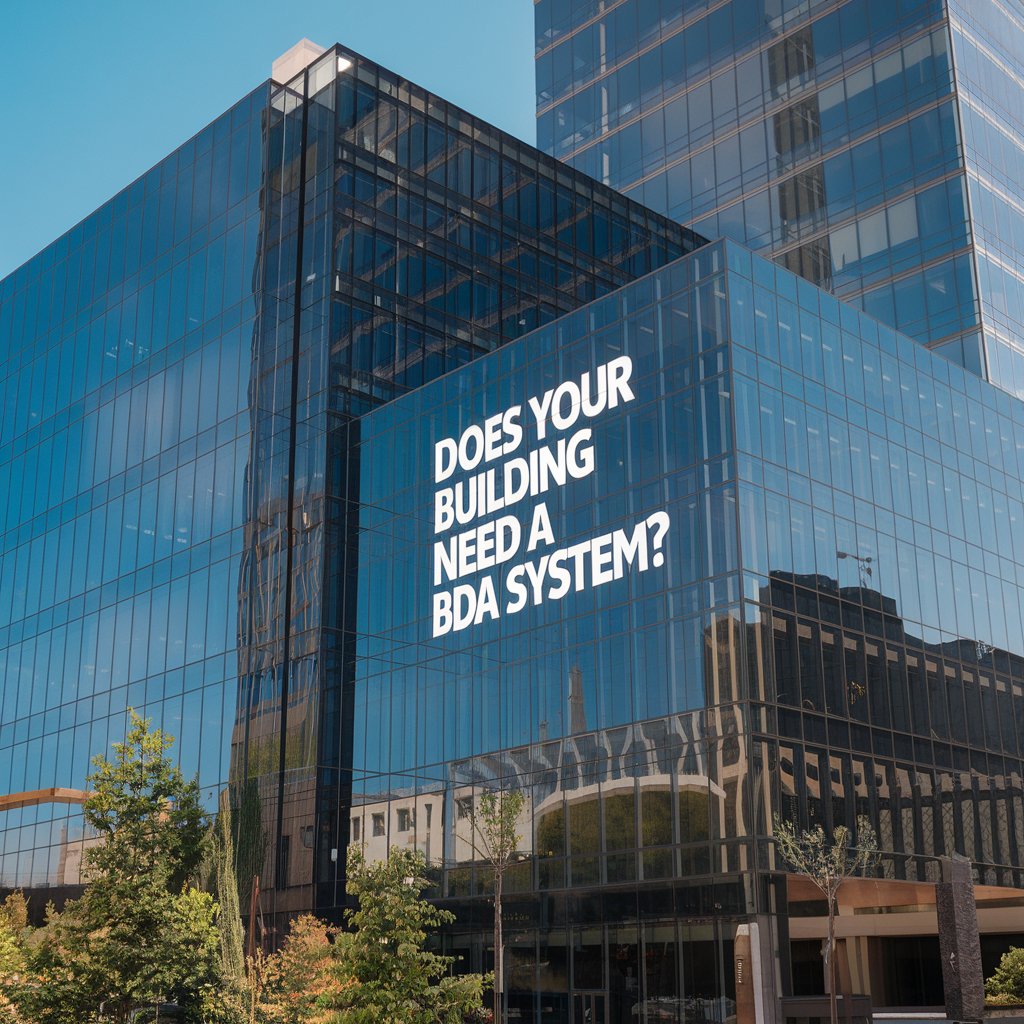Imagine this: an emergency unfolds in your building, but first responders can’t communicate because their radios aren’t getting a signal. Scary, right? That’s exactly why Bi-Directional Amplifier (BDA) systems exist—they ensure that emergency communication remains crystal clear, even in places where radio signals typically struggle, like stairwells, basements, or concrete-heavy buildings.
So, does your building need one? Let’s break it down.
What Is a BDA System?
A Bi-Directional Amplifier (BDA) system is a signal-boosting solution designed to enhance two-way radio communication inside buildings. It’s particularly critical for emergency responders who rely on their radios to coordinate during emergencies.
Think of it like a WiFi extender but for public safety radio signals. It captures weak radio signals, strengthens them, and distributes them throughout the building to ensure reliable communication.
How Does a BDA System Work?
A BDA system consists of three key components:
✅ Donor Antenna – Placed on the building’s exterior, this antenna captures signals from the public safety radio network.
✅ BDA Unit – This is the heart of the system. It amplifies the signal, ensuring that it’s strong enough to travel throughout the building.
✅ Distributed Antenna System (DAS) – This network of interior antennas rebroadcasts the amplified signal, making sure coverage extends to every corner of the building—including stairwells, garages, and elevators.
<<<Download our Free DAS Book>>>
Why Is a BDA System Important?
- Ensures first responders can communicate inside buildings – Weak signals inside structures can hinder emergency operations. A BDA system eliminates this risk.
- Keeps facilities compliant with local fire codes – Many jurisdictions require buildings to have Emergency Responder Radio Coverage (ERRC) systems to meet safety standards.
- Improves overall safety – Reliable communication means faster response times and better-coordinated emergency efforts.
Where Are BDA Systems Used?
You’ll typically find BDA systems in buildings where radio signals struggle due to dense construction materials or underground locations. These include:
🏥 Hospitals – Ensuring communication works during medical emergencies.
🏢 Office Buildings – Large commercial buildings need uninterrupted emergency communication.
📦 Warehouses – Expansive facilities often have signal dead zones.
🚇 Underground Parking Garages & Tunnels – Critical for firefighters and security personnel.
🏟 Stadiums – High traffic and structural barriers make clear communication a must.
FAQs About BDA Systems
🔥 What does BDA stand for in fire alarm systems?
BDA stands for Bi-Directional Amplifier, a device that amplifies radio signals inside buildings to support emergency responder communication.
💰 How much does a BDA system cost?
Pricing varies based on building size and complexity, but a typical BDA system costs between $2 to $3 per square foot, with total costs ranging from $20,000 to $500,000+. Compliance testing and permitting fees may add additional costs.
🔄 What’s the difference between a DAS and a BDA system?
A DAS (Distributed Antenna System) is a broader term for networks that distribute wireless signals (like cellular and WiFi), whereas a BDA system is a specific type of DAS designed solely for amplifying public safety radio signals.
📡 What does the BDA do?
A BDA amplifies weak radio signals and rebroadcasts them throughout a building to eliminate communication dead zones.
📶 How does a Distributed Antenna System (DAS) work?
A DAS is a network of antennas that improves wireless coverage inside buildings. It takes a signal (from either cellular networks or public safety radios), amplifies it, and redistributes it through multiple antennas to ensure even coverage.
🏪 How much does a Point of Sale (POS) hardware & software system cost?
Unrelated to BDAs, but POS systems range from $500 to $5,000+, depending on hardware, software, and service fees.
The Main Takeaway: Does Your Building Need a BDA System?
If your building has dead zones for emergency radio signals, you may be required to install a BDA system to stay compliant with local fire codes. These systems aren’t just about compliance—they’re about saving lives by ensuring that first responders can communicate without interference.
If you’re unsure whether your building needs a BDA system, reach out to a professional ERRCS/DAS consultant to assess your coverage and compliance needs.
Need help with your BDA system? Contact us today!


Leave A Comment